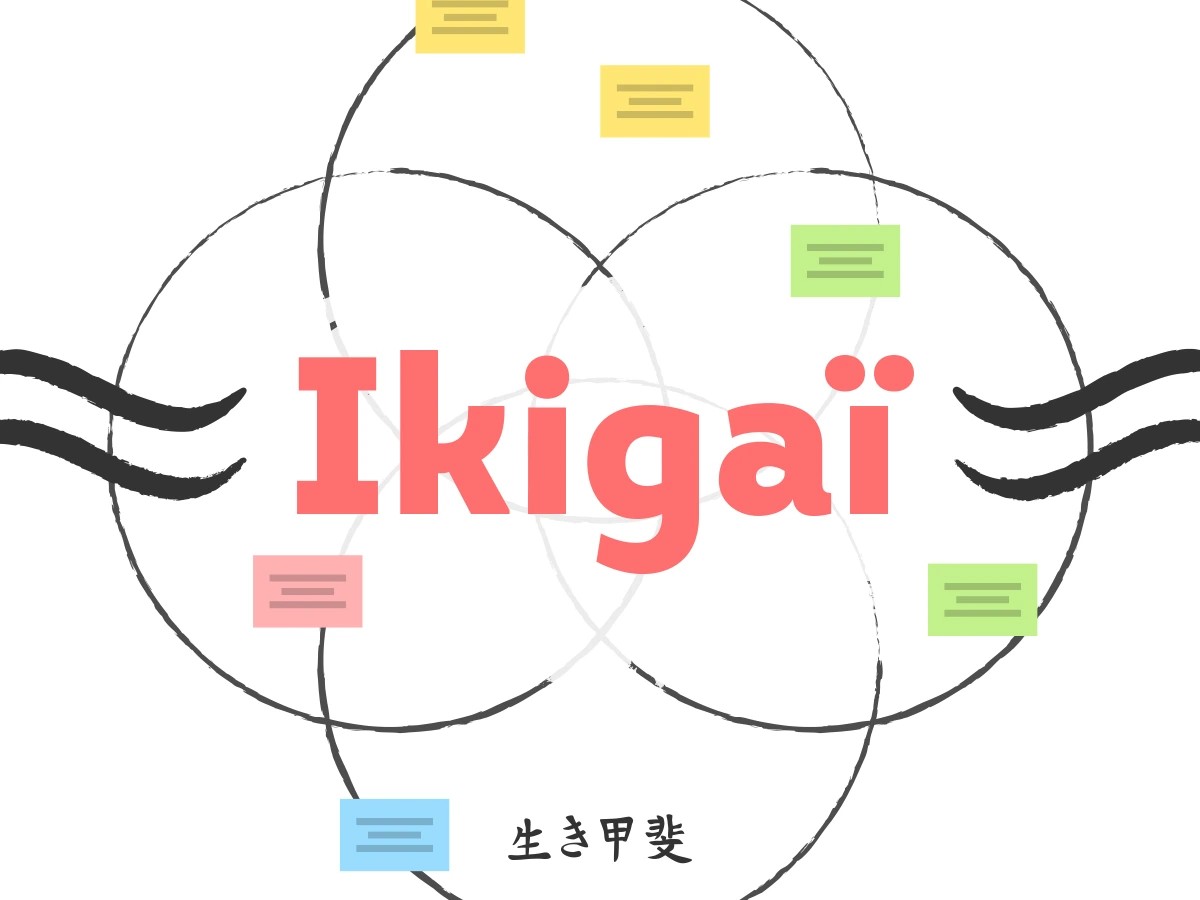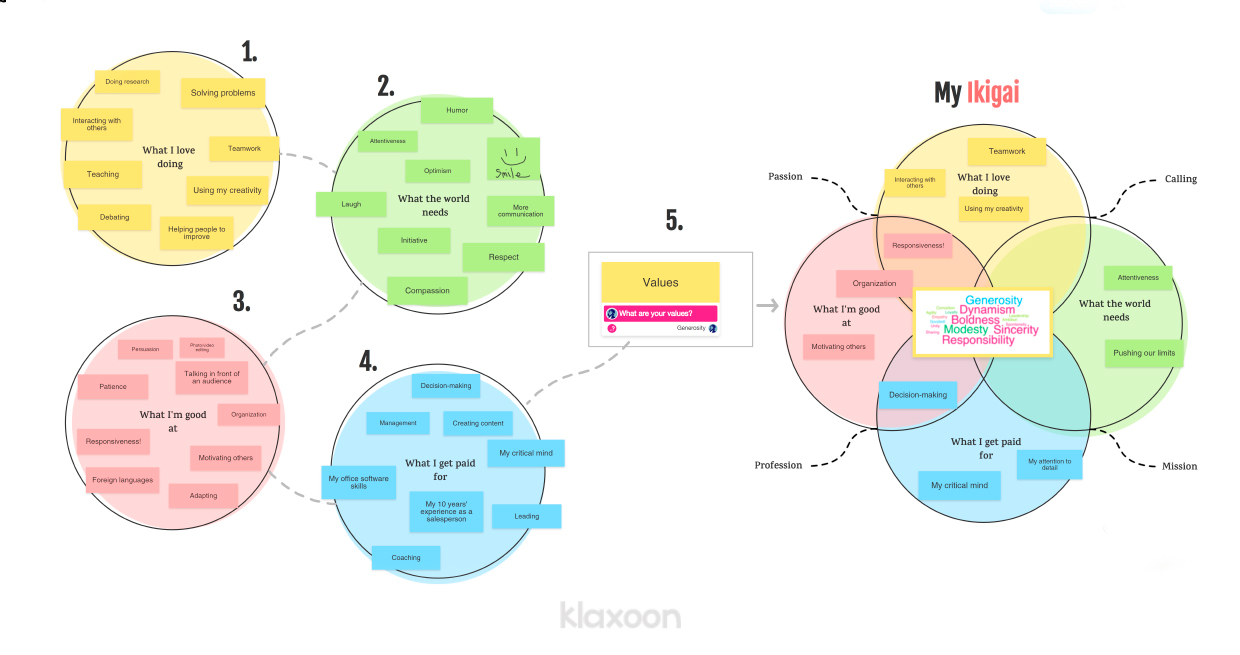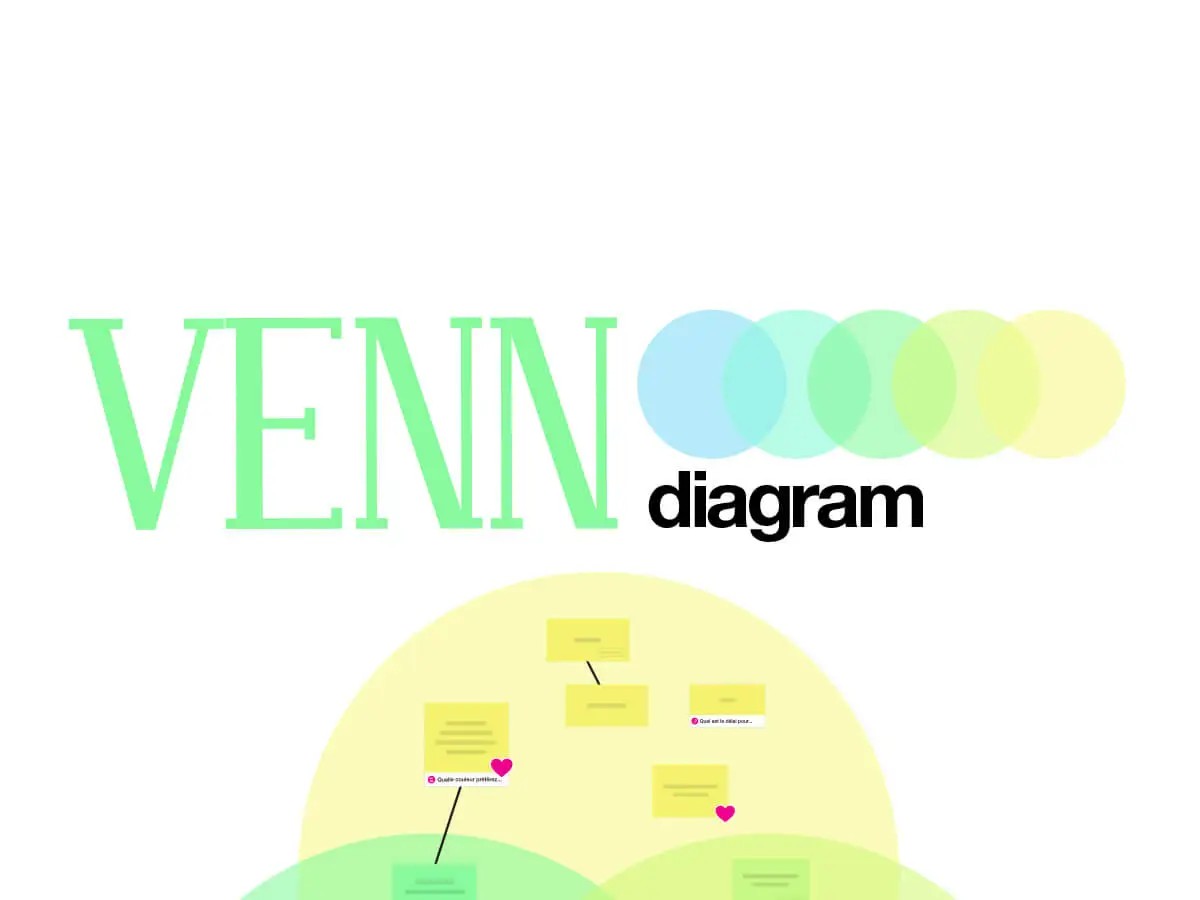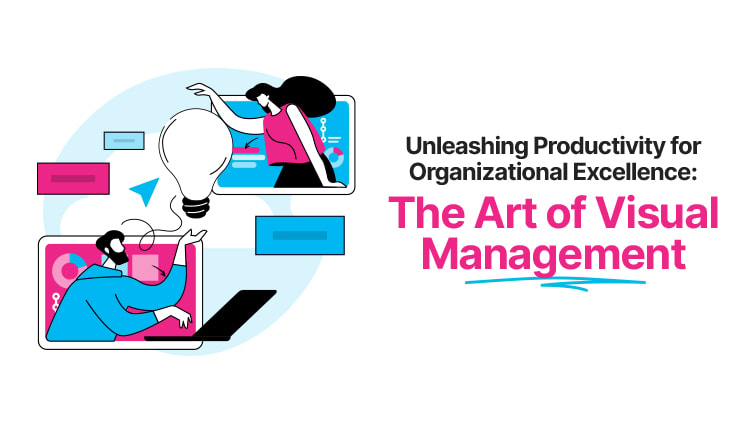3 exercises to find your Ikigai
It’s only natural for us to live the kind of life that is truly fulfilling for us. Often we strive in the many different stages of our life, from school to work and even our extracurricular activities, in order to attain this eventual end status of contentment and happiness in what we do. But with ultimate satisfaction being the goal of most of our lives, it can challenge some to figure out the best way to attain that status in what they do.
Then, there is the average adult's daily life: chores, errands, responsibilities, and ultimately work. You’re likely not actively searching for meanings in things you do as you’re more preoccupied with just getting them done. Yet the truth of the matter is that much of what we do informs the reality of the world we live in. Your work and responsibilities make up a large part of that journey for self-fulfillment.
It’s an integral factor not only in your personal life but in business as well, with major consulting firm PwC creating a report on how purpose is seen and lived out in the workplace. The Japanese have a term for this too, similar to the French’s “raison d'être”, or “reason to be”. This term, “Ikigai”, will be the focus of our article as we delve into the origins of the term as well as ways you can begin adapting it to your life.

With the Ikigai template, share your respective skills and competences to work better as a team.

What is Ikigai?
The Japanese have long since valued the more abstract aspects of daily life, including the application of health and wellness principles commonly found in their ancient medicinal practices. It was through this perspective that Ikigai was said to be born’ that someone’s physical wellbeing and mental health were ultimately all connected to one’s purpose of life.
It was then developed by two separate experts, psychologist Michiko Kumano and neuroscientist Ken Mogi. Both agree that Ikigai’s core philosophy lies in a certain devotion to activities that a person enjoys, finds fulfillment in, and ultimately uses as a purpose to simply get up day-to-day.
Michiko utilizes a 2-stage process with Ikigai, focusing on Greek concepts of hedonia and eudaimonia. Hedonia, similar to its Greek origin, is a state of temporary well-being based on transitory aspects. The goal, then, is to move towards eudaimonia, which is a longer-term fulfillment rooted in a well-lived life.
Mogi builds on this through his focus on the more abstract and action-oriented aspects of the Ikigai perspective, framing his take on the philosophy as simply a “reason to get up in the morning”. A common concept for the Japanese, Mogi understood that it will likely be a foreign concept to many Western cultures.
There is, however, a concept that can be linked to how Western cultures might experience a similar state of mind through the concept of Flow. Initially developed by Hungarian–American psychologist Mihaly Csikszentmihalyi, flow is often found with top athletes and high-performers, where work suddenly flows easily from a state of rest to a state of performance. It’s through this that Ikigai can be better understood, as entering the “zone” through the flow perspective necessitates it being an activity that you simultaneously love, enjoy, and are particularly good at.
The Ikigai Diagram
Ikigai has since evolved over time to not only derive its entire perspective from the personal but one that takes into account the well-being and overall status of others and the surrounding environment. Some of the original developers of the concept might balk at the idea of Ikigai being so stratified across different focuses, but the core philosophy stays true to the idea of bringing meaning, purpose, and ultimately fulfillment in your life, and possibly others.
The modern Ikigai that you might have come across focuses on four key principles regarding the work you do in order to find that state of fulfillment. For better clarity and uniformity across different resources, the below Venn diagram best illustrates how these principles coalesce into Ikigai.


An Ikigai realized on Klaxoon
The four main concepts you’ll need to focus on are the following: What You’re Good/Skilled at, What Others Need, What You Get Value From, and What You Love. Each one is important to ensure that you not only derive proper fulfillment from what you do but that it remains sustainable and realistic in today’s modern world. As such, the need to acknowledge economic benefits such as “What Others Need” and “What You Get Value From” is key to bettering not just the life of others but ensuring you are properly compensated for the work you do.
Between each of these Venn diagram circles are intersection points that can highlight the different modes of work you might see today. Between Value and Skill lies the “Profession” state, which most people find themselves in at the start of their careers, but between Value and the need of others, you find another state known as “Vocation”, in which you work towards a need based on others and not necessarily rooted in your expertise.
The goal, then, is to have all these (at times, conflicting) aspects meet at the center: Ikigai. This means to find a course in life and in your career that leverages not just what you’re good at and what you love, but also takes into account what you and others stand to benefit from it economically.

With this ready-to-use template, easily identify the existing relationships between multiple axes of a given need, and find the most appropriate solution.

Exercises to Find Your Ikigai
As you may have picked up by now, Ikigai isn’t a one-stop-for-all concept that can be readily applied at a moment’s notice. Each one of us holds different priorities, responsibilities, and overarching contexts that largely shape the lives we live. As such, Ikigai remains subjective to the lives we live and the ultimately life we want to end up with.
Ikigai will take a journey of self-reflection and critical thinking, but also of time in order to really figure out the path that you need to take. But with time and effort, one can arrive at the Ikigai that works best for them. Moreover, there are useful strategies and self-reflection techniques that can help you better understand yourself and the status of your work.
Core 4 Pillars
One of the first and most straightforward strategies is to simply focus on the four key pillars themselves and ask yourself whether or not your current state or a particular desired state satisfies all four criteria. This requires a critical mindset with how you approach each aspect of your career in the frame of what you’re good at, what you love, what can get value from, and what gives value to others.
While this might be a fairly simple process, utilizing it to the most effective state will require some deeper digging than normal. Consider applying psychological frameworks such as elaborative interrogation, a concept expounded upon by Deborah J. Menke and Michael Pressley. Through this practice, you’ll be able to fully break through each of your 4 pillars in a more meaningful way by simply asking yourself “Why?”.
Elaborating interrogation focuses on your internal critical analysis of what you consider you love, what you’re good at, what you’ll get value for, and what others will need, by asking why you feel about these things in a certain way.
For example, if you find that you love working with numbers, you can delve deeper into that aspect of your work by simply asking “why” you might be more familiar with quantitative methods. Asking “why” may lead you to better understand where your comfort with a specific area stems from. Maybe numbers allow you to feel like you’re in control, or maybe you appreciate how data analysis comes together to provide a better understanding of certain situations. Whatever the case may be, it can help you better understand and create linkages towards what you’re good at, what you can get value from, and what you can give to others.
The Work Check-In
Many of us might not have the luxury to be able to shift our entire careers to meet an ideal Ikigai lifestyle. With the way modern business operates through complex organizational roles and often shifting responsibilities, it can be tricky to nail down whether your work is truly giving you satisfaction in a truly fulfilling way.
There is a way to “job craft” your current occupation to push you closer to your Ikigai state. This takes the form of a simple work journal logbook that is specifically geared towards reflecting on your day-to-day tasks. You essentially start by noting the key information of your tasks, such as when and where it happens, specific descriptions of each responsibility, as well as how much time you spent on each activity.
You then move towards a more introspective approach of noting down how you feel about each task and who you are connecting with. This can help you better shape your perspective about certain responsibilities you have.
In this exercise, you’ll want to answer questions relating to how effective these connections you are making with others are, and how passionate you feel about each one. From this, you can also start spotting specific tasks that are mundane, non-productive, or unnecessary in your daily routine.
Through the noting of hours, you can then better adjust the amount of time you spend on each task: increasing time for the work you believe in and decreasing time from the type of tasks you find don’t contribute to your total Ikigai.
This task requires frequent review at regular intervals to make sure you are making progress towards your goal of more fulfilling work.
An Exercise of Opposites
An interesting way to review your current status quo of work and personal life is to run an “exercise of opposites”. This activity examines different aspects of your life that are focused on how close or how far you are from your ideal Ikigai state.
The main process of doing this is to examine your daily life as either being focused on the following:
- The present or the future
- Relationship with others or the self
- Giving the world or receiving from it
- Approaching things with a dynamic mindset or a fixed one
- Showcasing emotional sensitivity or thinking with pure rationality
- Going after your goals or waiting for things to occur
Through these six different reflection questions, you’re likely to uncover how far you are on the spectrum towards living a more Ikigai perspective. Ikigai is heavily focused on the present, your interpersonal relationships, your emotional sensitivity, your overall openness to differing views, and your willingness to take action.
Studying these questions, and the others that will likely come with reflection can bring you closer to an understanding of the aspects you’ll need to revisit to build a more fulfilling life.
Final Thoughts on Ikigai
Ikigai is not a simple process despite being relatively straightforward in its overall structure. If finding one’s purpose was as easy as following a step-by-step guide, then you’re likely going to find more satisfied people with their careers and personal endeavors.
But the reality is we will work (and at times, struggle) towards that ideal state of Ikigai. This isn’t a fault on yourself but rather the norm which we all strive to get out of. In Ken Mogi’s book “Awakening Your Ikigai”, he focuses on five different pillars to help you on your journey towards Ikigai:
- Start small
- Release yourself to acceptance
- Build harmony and sustainability with others
- Enjoy the little things
- Be present in the here and now
Good luck on your journey towards your own personal Ikigai.And if you want to help find the Ikigai for your team, we also have the solution!
Unlock your teamwork potential
For free, make your first steps to top-tier work efficiency with the Klaxoon Work Collaboration Platform.
